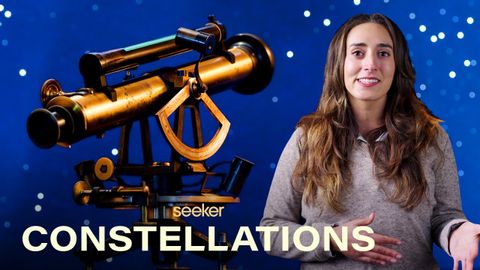不用智能手機也能導航星空的指南。 (A Guide To Navigating the Stars Without a Smartphone)
 沒有此條件下的單字
沒有此條件下的單字US /tɛkˈnik/
・
UK /tekˈni:k/
- n. (c./u.)技術;工藝;技能;(藝術)技巧
US /ˈenʃənt/
・
UK /'eɪnʃənt/
US /ˈpræktɪkəl/
・
UK /ˈpræktɪkl/
- adj.實際的;實用的;實際的;務實的
- n.實作;注重實踐的人
US /ˈækjərɪt/
・
UK /ˈækjərət/
